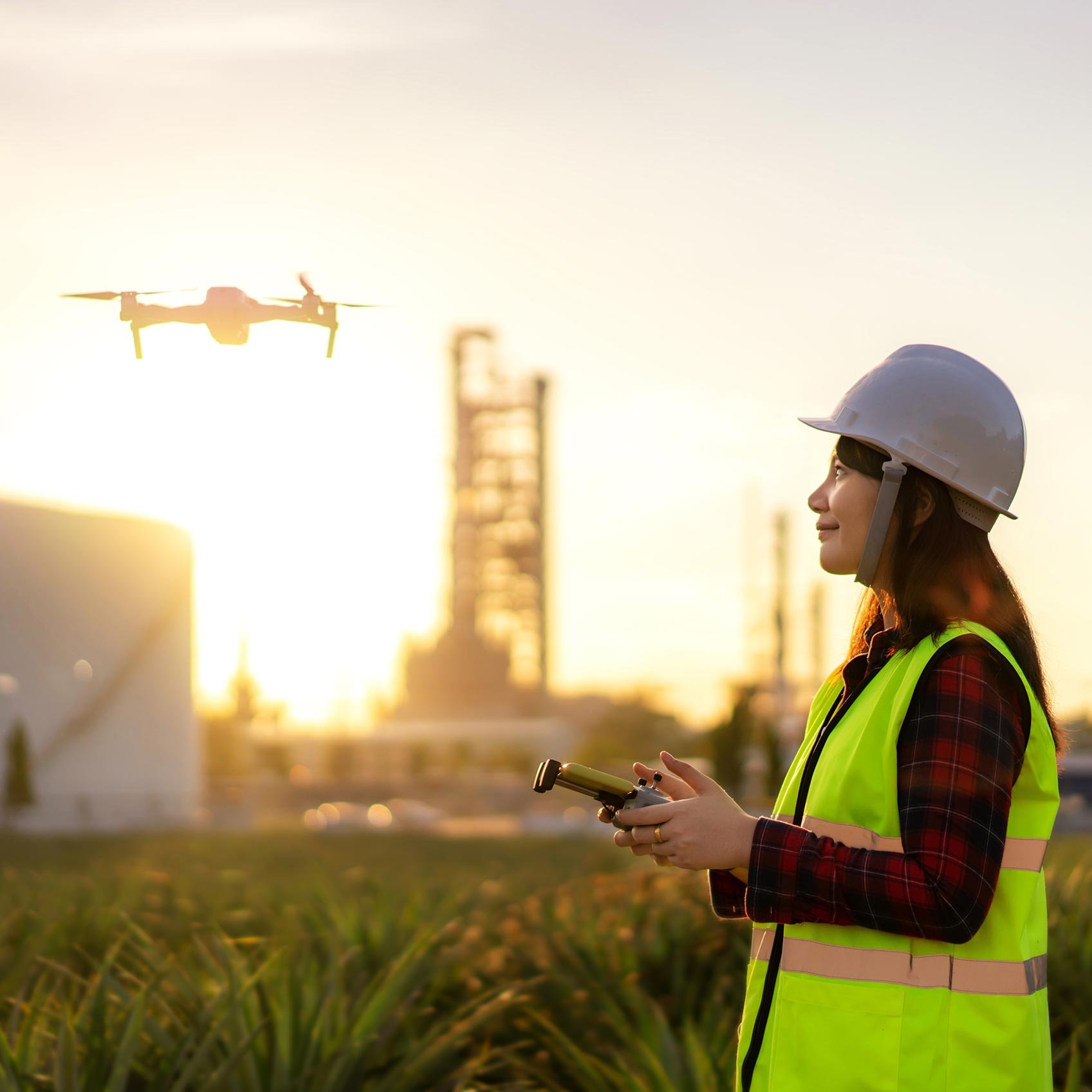Oil and gas: leveraging technology to retain a competitive edge
Energy

Energy
The oil and gas sector faces unprecedented change on a global scale, as the world diversifies its energy mix to reduce carbon emissions, and the impacts of a worldwide pandemic change the shape of the workforce. To remain competitive in a new world, oil and gas companies must re-evaluate old paradigms and reinvent themselves – leveraging technology to increase efficiencies and minimise environmental impacts. What are some key areas the sector should focus on, to ensure it remains competitive, sustainable, collaborative and innovative?
The advantages digital tools provide may well be critical for the oil and gas sector’s survival in tomorrow’s price environment. With profit pools shifting away from fossil fuels and new competitors emerging in a mixed energy environment, oil and gas companies must leverage technology to improve efficiencies in exploration and production, and improve the economics of current assets. A global pandemic and the resulting work-from-home and social distancing policies have already expediated changes necessary to integrate digital technology across entire organisations. Like other sectors, the oil and gas industry has begun to embrace digital technology to scale – and reap the benefits.
The oil and gas sector is in an optimal position to use advanced robotics and artificial intelligence to reduce costs, decrease risks to personnel, and make faster and more precise decisions. Such technologies help remove employees from the field, improving safety and reducing labour costs. For example, robotic drilling and completions are on the uptake. Unmanned Aerial Vehicles (UAVs) and Autonomous Underwater Vehicles (AUVs) facilitate remote inspections and will eventually carry out maintenance interventions. Augmented reality (AR) and virtual reality (VR) will enable workers in central locations to guide those in remote areas. In the subsea environment, digital production technologies and other low-maintenance processing equipment will allow long tie-backs of remote and stranded assets, alleviating the need for traditional infrastructure.
Not only do digital tools enable communication and collaboration, they allow engineers and operators to plan and monitor operations remotely, automate manual tasks and streamline processes, and support operational integrity and process safety. While increased digitisation across the sector brings new challenges, such as data security risks, it is increasingly being seen as an essential tool to keep pace with the whirlwind change of a new, competitive landscape.

To remain viable in a decarbonising, environmentally conscious world, forward-thinking oil and gas companies are already investing in environmental technologies and processes to eliminate waste, sustainably source water and reduce carbon emissions. In Australia, technologies that treat and recycle water and reduce salt by-products are required to mitigate the environmental impacts of operations. In future shale gas developments, well stimulation techniques that need water will be an issue in Australia’s dry areas, calling for well-fracturing techniques that use less water or no water at all. As the world moves towards a carbon neutral future, technologies to limit greenhouse gas emissions, such as Carbon Capture, Utilisation and Storage (CCUS) are ever more essential. New, efficient techniques to separate carbon from gas streams are crucial to drive down the costs of capture.
While oil and gas companies remain hesitant in a lot of cases to adopt ‘low carbon’ models at scale due to the current economics and an uncertain policy landscape, their hand may soon be forced. As more governments across the globe place higher costs on carbon emissions, the oil and gas sector has an opportunity to get ahead of the game. Demonstrating leadership in areas like carbon capture and storage would position the sector for a new revenue stream: sequestration as a service for other industries slightly behind in the uptake.
The oil and gas industry has weathered turbulent times in the past – showing itself to be a highly innovative and resilient sector. Urgent change is now required to remain competitive in a rapidly evolving world: the sector must quickly decide what to offload, where to diversify, how to optimise and which new market opportunities to capture. Technology offers many opportunities to speed up and smooth out this necessary transformation, enabling companies to increase productivity, reduce costs and minimise environmental impacts. Leaders who take the time to consider, research and leverage new solutions to present day problems will without a doubt emerge in front of those not willing or able to adapt.
Working across upstream, midstream and downstream operations, Brunel possesses an unrivalled understanding of the conventional energy industry, its challenges and the key skills and people which operations need to perform.